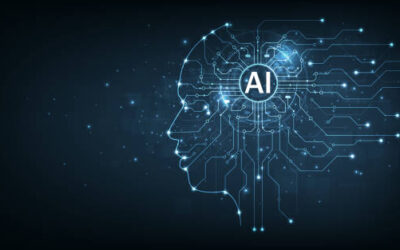
How are artificial intelligence companies using creations without compensation?
AI companies use the work of writers, artists, and other creatives to train their models, without any compensation or credit to the creators. But some AI companies are encouraging these creators to benefit from this practice, rather than opposing it. Artists of old may not have had any idea of intellectual property rights (IPRs) when…

